The Importance of Cloud Assessment for Small Businesses: A Comprehensive Guide
Home >> Insights >> The Importance of Cloud Assessment for Small Businesses: A Comprehensive Guide

In today's digital age, small businesses are increasingly relying on cloud services to streamline their operations and enhance their productivity. However, before embarking on the cloud journey, it is crucial for small businesses to conduct a thorough cloud assessment. A cloud assessment is a comprehensive evaluation of an organization's existing infrastructure, applications, and business processes to determine their suitability for migrating to the cloud. This article will delve into the importance of cloud assessment for small businesses and provide a comprehensive guide to help them navigate through the process successfully.
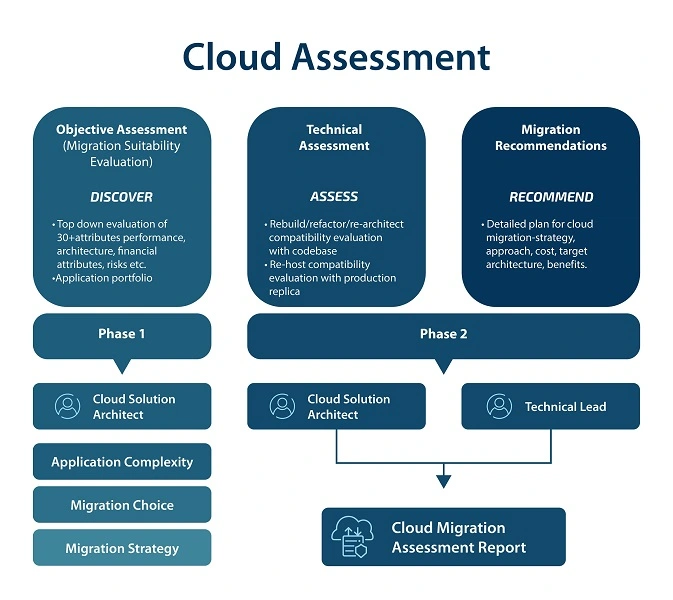
The cloud assessment process typically consists of several steps that small businesses need to follow to ensure a successful migration. The first step is to define the scope and objectives of the assessment. This involves identifying the specific areas that need to be assessed, such as infrastructure, applications, security, and performance.
Once the scope is defined, small businesses need to gather relevant data about their existing IT environment. This includes information about the hardware, software, network architecture, and data storage systems. By collecting this data, organizations can gain a comprehensive understanding of their current IT landscape and identify potential challenges and opportunities for cloud adoption.
After gathering the necessary data, the next step is to analyze and evaluate the information. This involves assessing the compatibility of existing applications with cloud platforms, identifying potential risks, and evaluating the performance of the IT infrastructure. By conducting a thorough analysis, small businesses can make informed decisions about the feasibility and benefits of migrating to the cloud.
Based on the analysis, small businesses can then develop a cloud migration roadmap. This roadmap outlines the steps, timelines, and resources required for the migration process. It ensures that the migration is carried out in a structured and organized manner, minimizing disruptions to business operations.
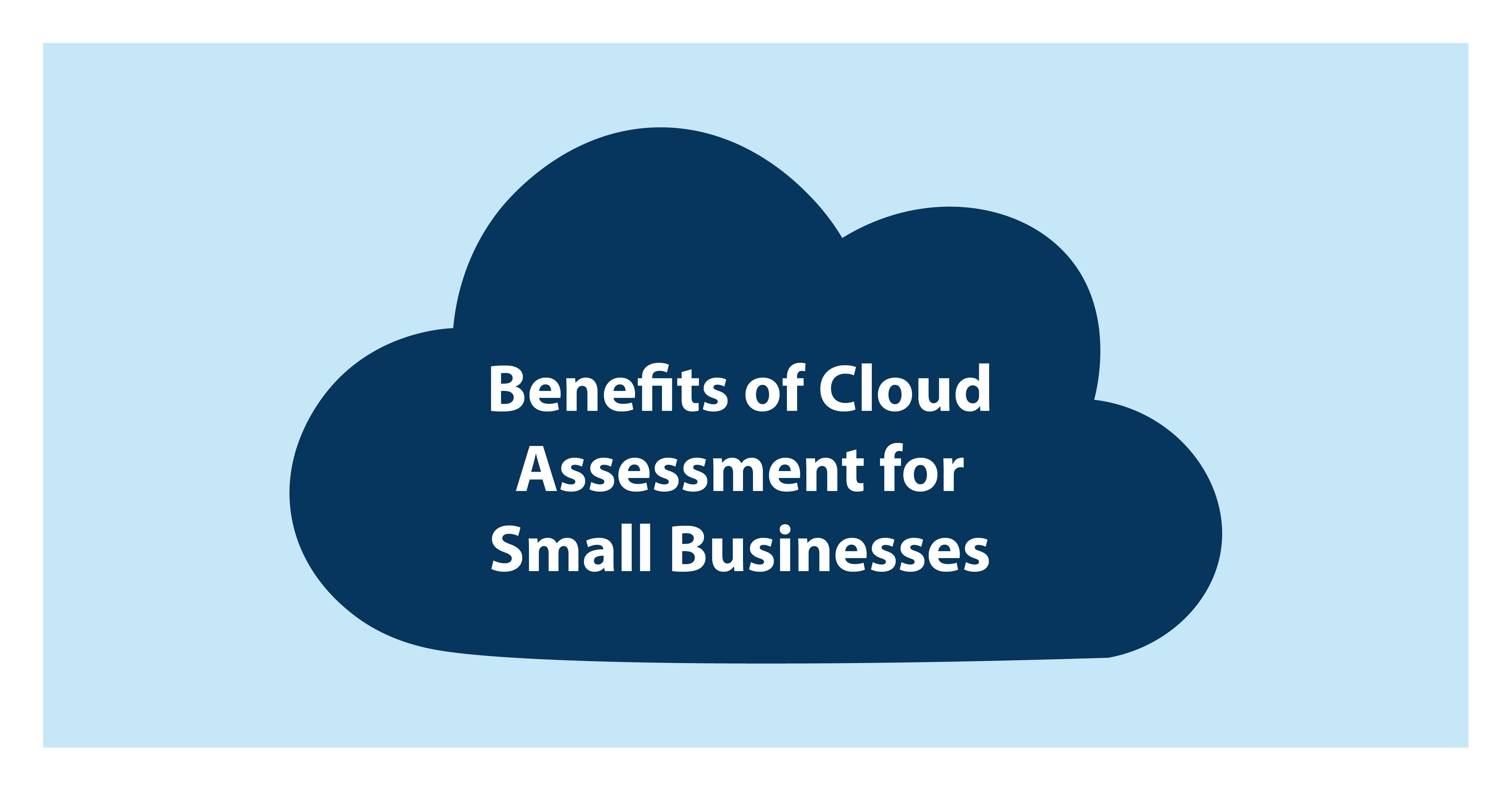
Cloud assessment offers a myriad of benefits for small businesses.
Firstly, it enables them to gain a clear understanding of their current IT landscape and identify areas that can be optimized by migrating to the cloud. By analyzing their infrastructure, applications, and data, small businesses can identify redundancies, inefficiencies, and bottlenecks that can be eliminated through cloud adoption.
Secondly, a cloud assessment allows small businesses to assess the security risks associated with their IT environment. With the increasing prevalence of cyber threats, it is crucial for organizations to ensure the confidentiality, integrity, and availability of their data. A cloud security assessment helps small businesses identify vulnerabilities, implement robust security measures, and ensure compliance with industry regulations.
Lastly, a cloud assessment helps small businesses evaluate the financial implications of moving to the cloud. By conducting a cost assessment, organizations can determine potential cost savings, such as reduced infrastructure and maintenance costs, and identify any hidden costs or unexpected expenses that may arise during the migration process.
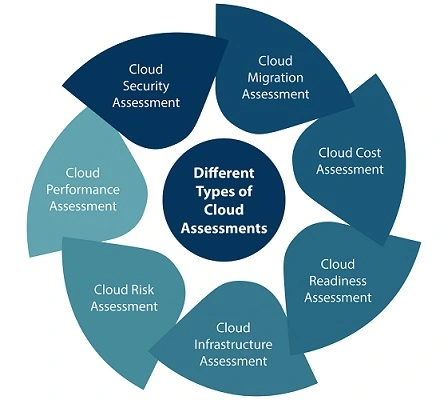
Cloud assessment encompasses various types of assessments that small businesses can conduct to evaluate different aspects of their IT environment. These assessments include:
This assessment evaluates the security risks associated with migrating to the cloud and helps organizations implement robust security measures.
This assessment assesses the suitability of applications for migration to the cloud, considering factors such as complexity, dependencies, and performance requirements.
This assessment estimates the financial implications of migrating to the cloud, helping organizations plan their budget and allocate resources effectively.
This assessment evaluates the readiness of small businesses to migrate to the cloud by assessing their infrastructure, applications, and business processes.
This assessment analyzes the existing IT infrastructure to determine its compatibility with cloud platforms and identify areas for optimization.
This assessment identifies potential risks associated with migrating to the cloud and helps organizations develop risk mitigation strategies.
This assessment evaluates the performance of applications and infrastructure in the cloud, ensuring optimal performance and user experience.
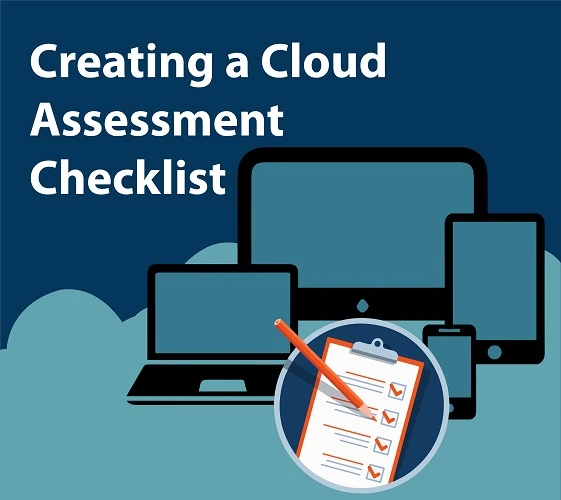
To streamline the cloud assessment process, small businesses can create a cloud assessment checklist. This checklist outlines the key steps, tasks, and considerations that need to be addressed during the assessment. It serves as a guide for organizations, ensuring that they cover all the essential aspects of the assessment.
Here are some key items that can be included in a cloud assessment checklist:
By following a comprehensive cloud assessment checklist, small businesses can ensure that they address all the crucial aspects of the assessment and make informed decisions about cloud adoption.
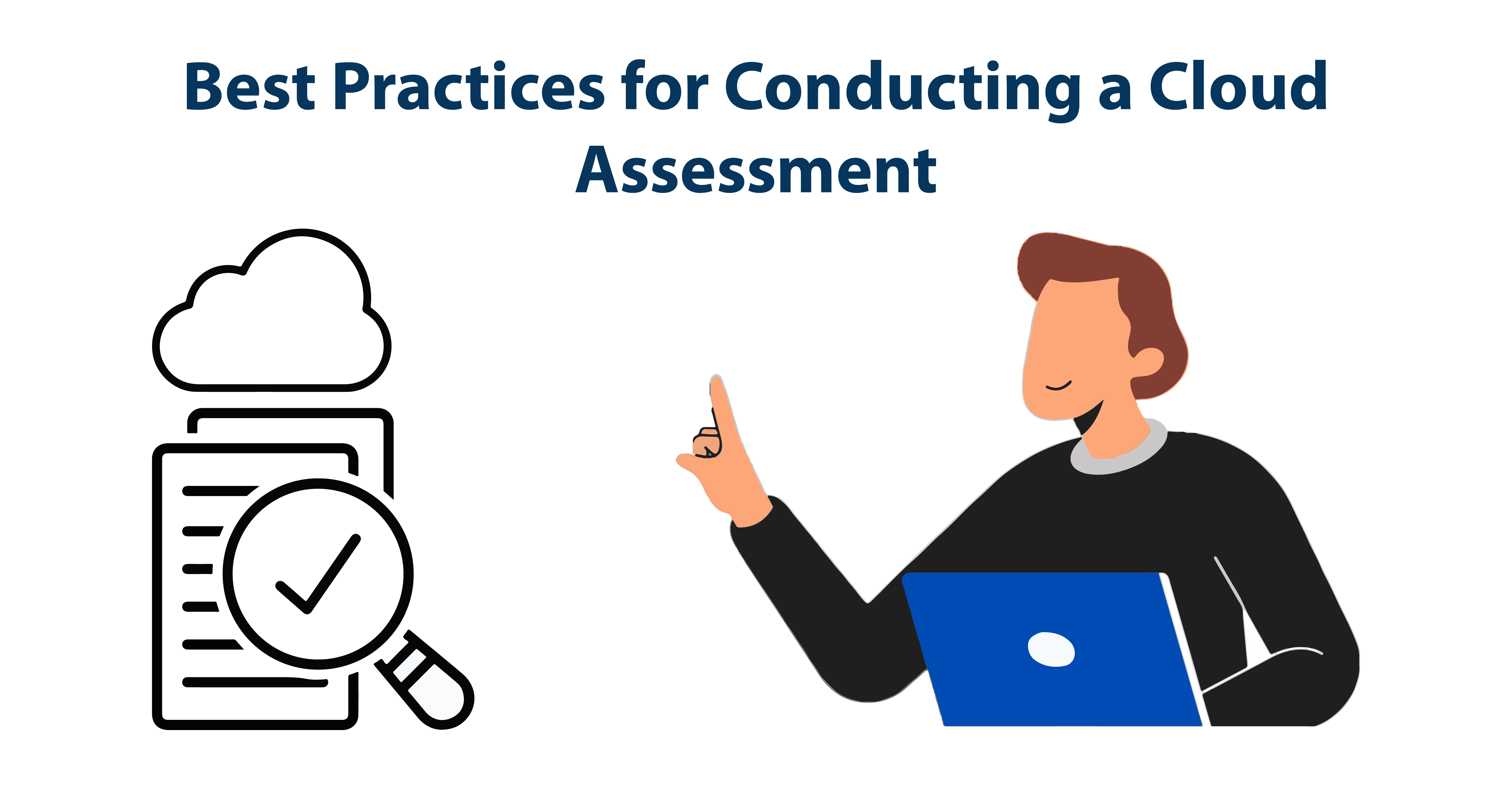
To ensure a successful cloud assessment, small businesses should follow certain best practices. These include:
This helps organizations focus their efforts and resources on the areas that need to be assessed.
By involving stakeholders from IT, finance, operations, and other relevant departments, organizations can gain a comprehensive understanding of their requirements and challenges.
Gathering relevant data about the existing IT environment is crucial for conducting an effective assessment. This includes information about hardware, software, network architecture, and data storage systems.
By analyzing the collected data, organizations can identify potential risks, opportunities, and challenges associated with cloud adoption. This helps them make informed decisions about the feasibility and benefits of migrating to the cloud.
A roadmap outlines the steps, timelines, and resources required for the migration process. It ensures that the migration is carried out in a structured and organized manner, minimizing disruptions to business operations.
After migrating to the cloud, organizations should regularly monitor and evaluate the performance, security, and cost of their cloud infrastructure. This helps them identify areas for optimization and ensure ongoing success.
By following these best practices, small businesses can conduct a comprehensive and effective cloud assessment that lays the foundation for a successful cloud migration.
To facilitate the cloud assessment process, small businesses can leverage various tools and technologies. These tools automate the collection and analysis of data, making the assessment process more efficient and accurate.
One essential tool for cloud assessment is a cloud migration assessment tool. This tool helps organizations evaluate the suitability of their applications for cloud migration by analyzing factors such as complexity, dependencies, and performance requirements. It provides insights into the potential challenges and benefits of migrating specific applications to the cloud.
Another important tool is a cloud security assessment tool. This tool helps small businesses assess the security risks associated with their IT environment and identify vulnerabilities that need to be addressed before migrating to the cloud. It offers features such as vulnerability scanning, threat intelligence, and compliance monitoring, enabling organizations to enhance their security posture.
Additionally, organizations can utilize cloud cost assessment tools to estimate the financial implications of migrating to the cloud. These tools provide cost projections based on factors such as storage requirements, data transfer, and compute resources, helping small businesses plan their budget and make informed decisions.
A cloud assessment framework provides a structured approach for conducting a cloud assessment. It outlines the key steps, tasks, and considerations that need to be addressed during the assessment, ensuring that organizations follow a consistent and systematic process. A cloud assessment framework helps small businesses:
By utilizing a cloud assessment framework, small businesses can ensure that they conduct a comprehensive and effective assessment that supports their cloud migration initiatives.
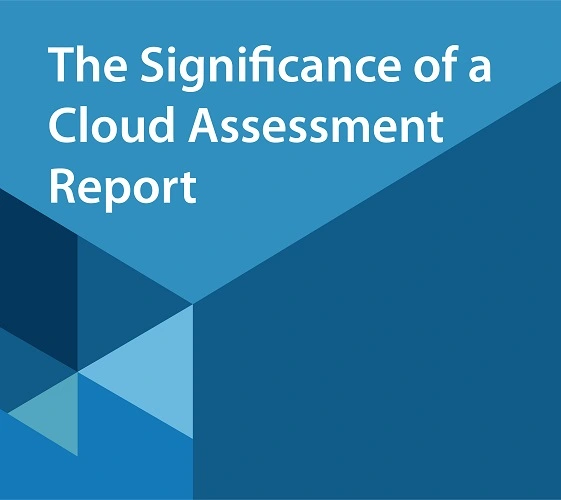
A cloud assessment report is a crucial deliverable that summarizes the findings, recommendations, and action items resulting from the assessment. It provides small businesses with a comprehensive overview of their current IT landscape, potential risks and opportunities, and a roadmap for migrating to the cloud. A well-crafted cloud assessment report includes:
A cloud assessment report serves as a valuable tool for small businesses, providing them with a clear roadmap and actionable insights to guide their cloud adoption journey.
In conclusion, cloud assessment plays a pivotal role in the success of small businesses' cloud migration initiatives. It provides organizations with a comprehensive understanding of their existing IT landscape, identifies potential risks and opportunities, and ensures a smooth and secure migration to the cloud. By following best practices, utilizing essential tools, and leveraging a cloud assessment framework, small businesses can conduct a comprehensive assessment that lays the foundation for a successful cloud adoption.
Contact us & book a free Zoom call to explain how cloud assessment can benefit your small business and help you navigate the cloud migration journey.